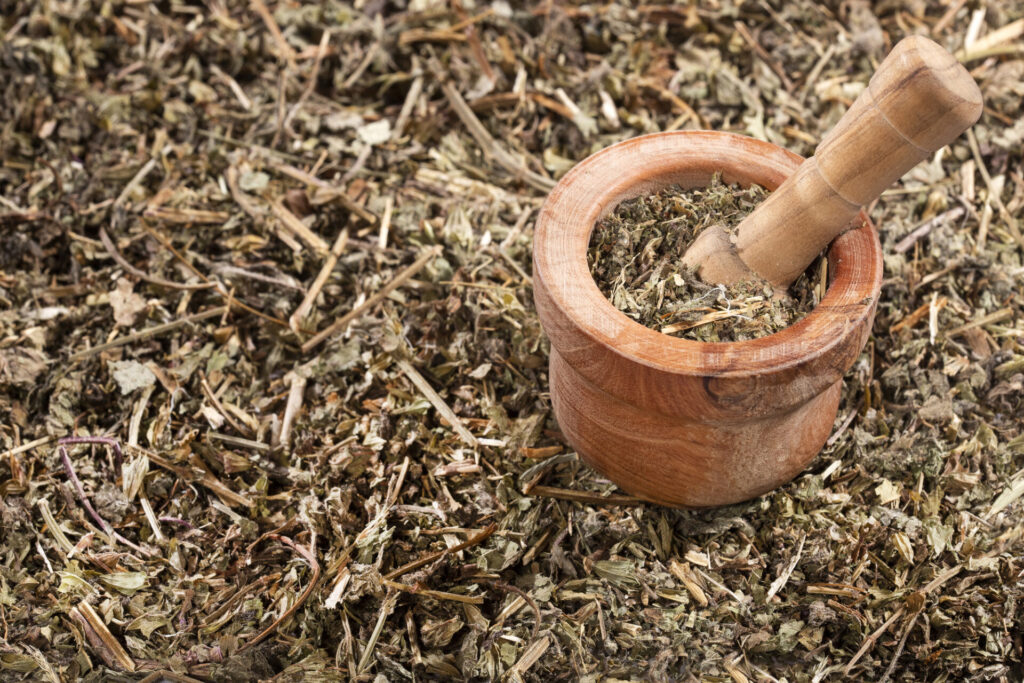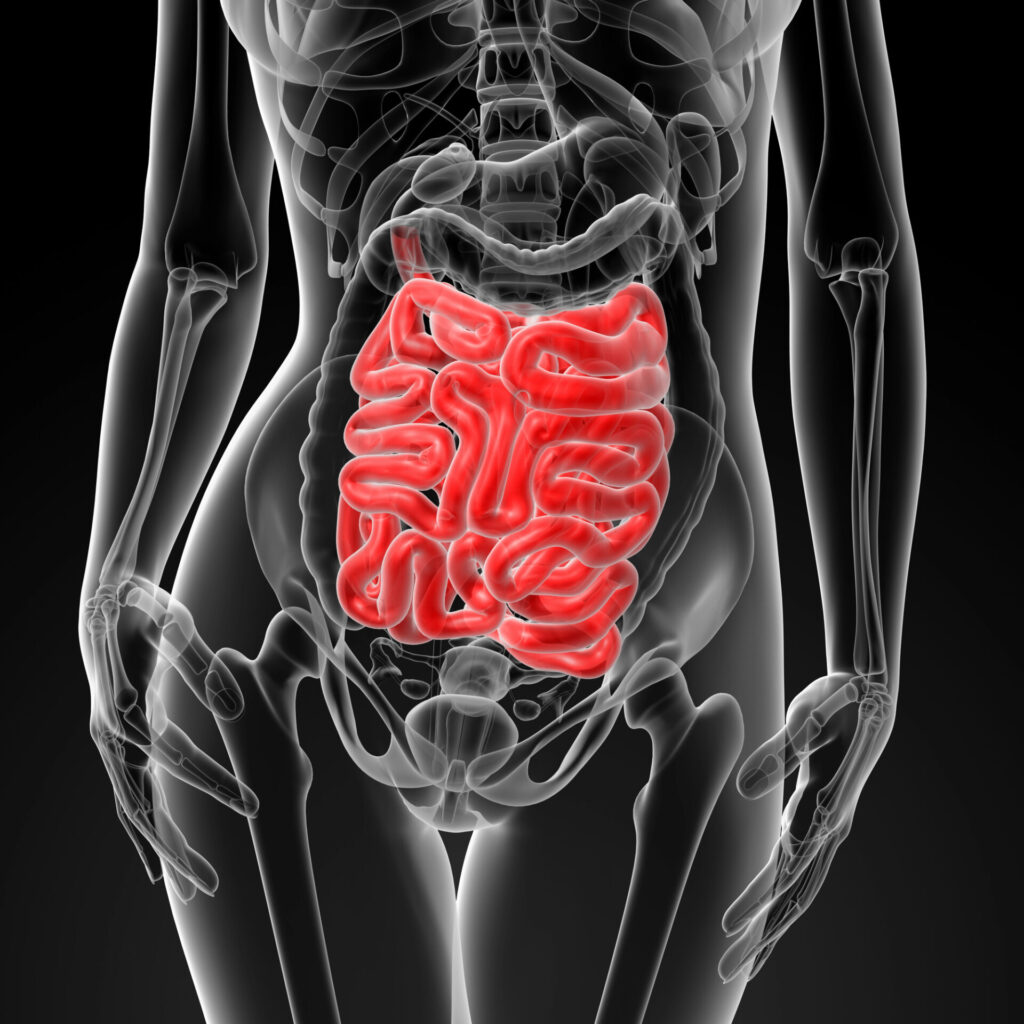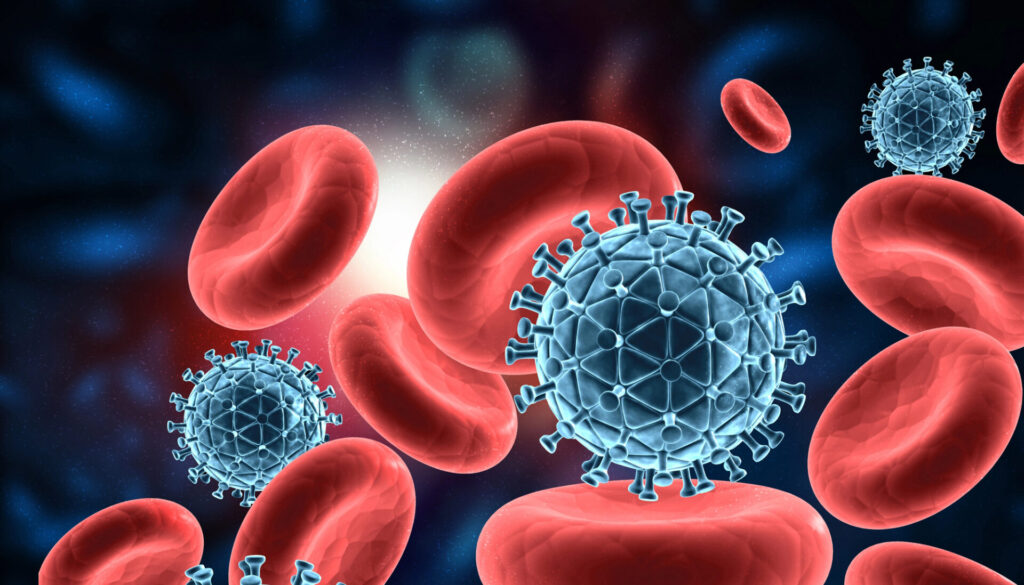Depression affects nearly 300 million people, including 5% of all adults and almost 6% of adults over age 60. And these numbers are on the rise, with the number of people suffering from this often-debilitating condition up almost 20% over the past decade, making it the leading cause of disability worldwide, according to a 2017 United Nations report.
Current treatments typically involve the use of antidepressant drugs, although concerns remain about these drugs’ efficacy, side effects, and patient adherence. Perhaps even more importantly, antidepressants require a significant amount of lead time before patients see any benefit. Effects generally appear some 4–7 weeks after treatment begins, and remission of symptoms can take months.
For these reasons, scientists have been searching for safer, faster-acting alternatives. One substance that has received significant attention is psilocybin, a naturally occurring serotonergic hallucinogen found in several species of mushroom. Some research has suggested that the use of psilocybin to treat depression might improve the response rate, decrease time to improvement of symptoms, and prevent relapse post-remission. Furthermore, recent assessments of harm have consistently reported that psilocybin generally has low addictive potential and toxicity and that it can be administered safely under clinical supervision.
Despite psilocybin’s promise, many hurdles—both scientific and legal—will need to be overcome before it can be used as a standard treatment. For one thing, studies published to date have not investigated factors that may moderate psilocybin’s effects, including type of depression, past use of psychedelics, dosage, and publication biases.
To address this deficit, researchers from the University of Oxford in England and the Centre for Public Health in Ireland set out to examine previous research on psilocybin to determine what, if any, conclusions could be drawn about its efficacy, safety, and promise as a depression treatment. The results of their review were published in The British Medical Journal.
The researchers consulted five databases of published literature (Cochrane Central Register of Controlled Trials, Medline, Embase, Science Citation Index and Conference Proceedings Citation Index, and PsycInfo) and four databases of unpublished and international literature (ClinicalTrials.gov, WHO International Clinical Trials Registry Platform, ProQuest Dissertations and Theses Global, and PsycEXTRA).
They focused on randomized controlled trials that compared psilocybin with controls such as placebo or niacin (vitamin B) in adults with clinically significant symptoms of depression where changes in symptoms was measured using a validated clinician-rated or self-report scale.
Studies that employed psychotherapy in both the experimental and control conditions were also included so that the effects of psilocybin could be distinguished from those of psychotherapy. And the researchers extracted information about potential treatment moderators, including depression type, previous psychedelic use, and personal characteristics such as age and sex.
They found seven relevant trials involving 436 participants with depression. Changes in depression scores were measured using a statistical method called Hedges’ g. A Hedges’ g of 0.2 indicates a small effect, 0.5 a moderate effect, and 0.8 or more a large effect. Analysis showed that changes in depression scores were significantly greater after treatment with psilocybin than controls, with an overall Hedge’s g of 1.64 indicating a large effect size favoring psilocybin.
Further analyses to account for trial differences indicated that having secondary depression (related to an underlying disease) rather than primary depression, being assessed with a self-reported scale rather than a clinician-assessed scale, older age, and previous use of psychedelics, were also correlated with greater improvements.
Conclusions
The researchers acknowledge several drawbacks among the studies reviewed, including small sample sizes and homogeneity—52% of participants in the reviewed trial were female and 90% were white. That said, the results provide more evidence that psilocybin’s potential as a treatment for depression deserves further exploration.
“Although this review’s findings are encouraging for psilocybin’s potential as an effective antidepressant, a few areas about its applicability in clinical practice remain unexplored,” they wrote in their conclusion. “More large-scale randomized trials with long follow-up are needed to fully understand psilocybin’s treatment potential, and future studies should aim to recruit a more diverse population.”






